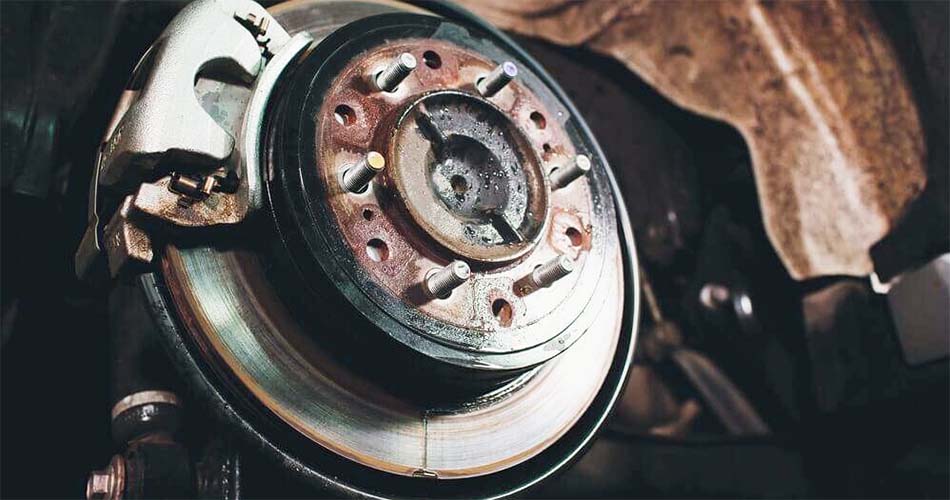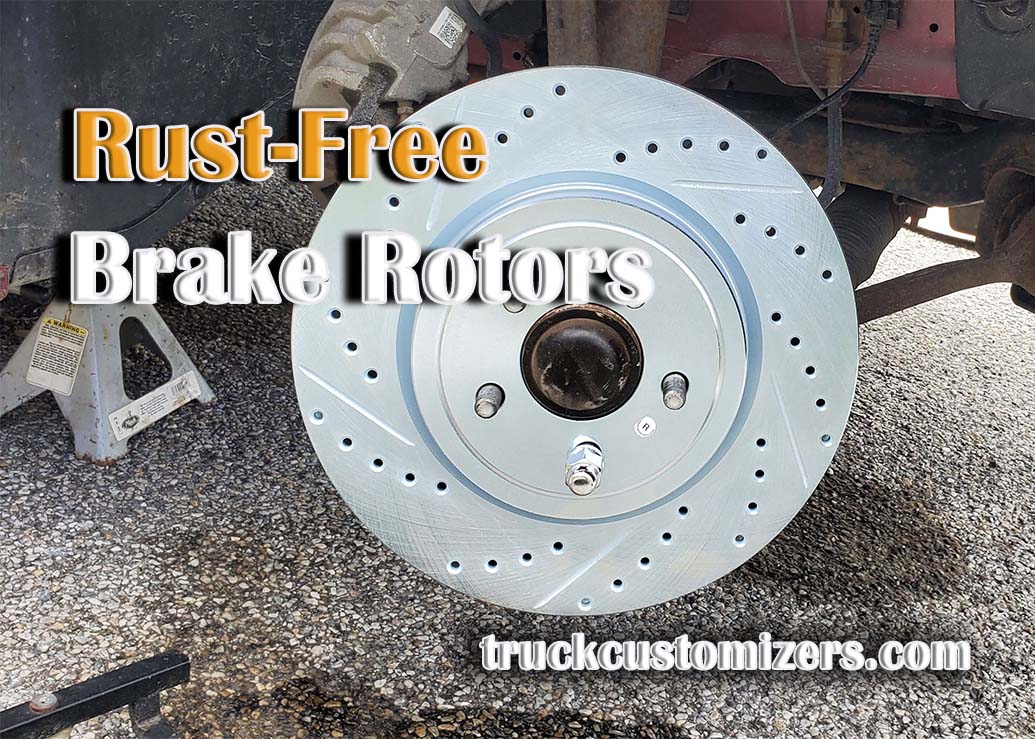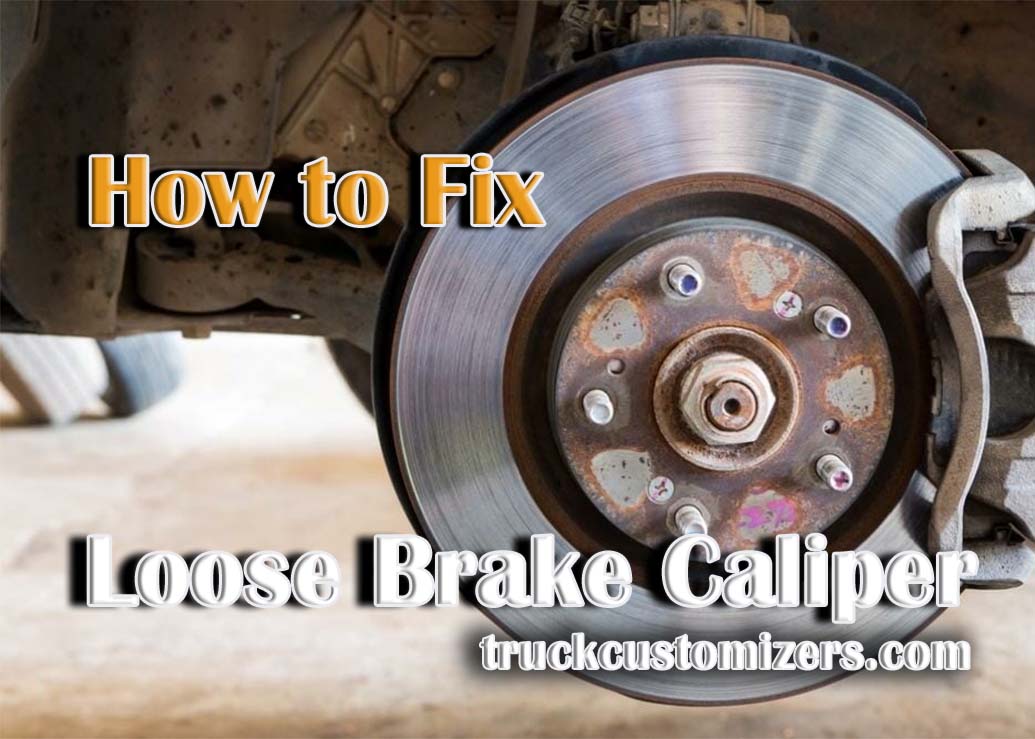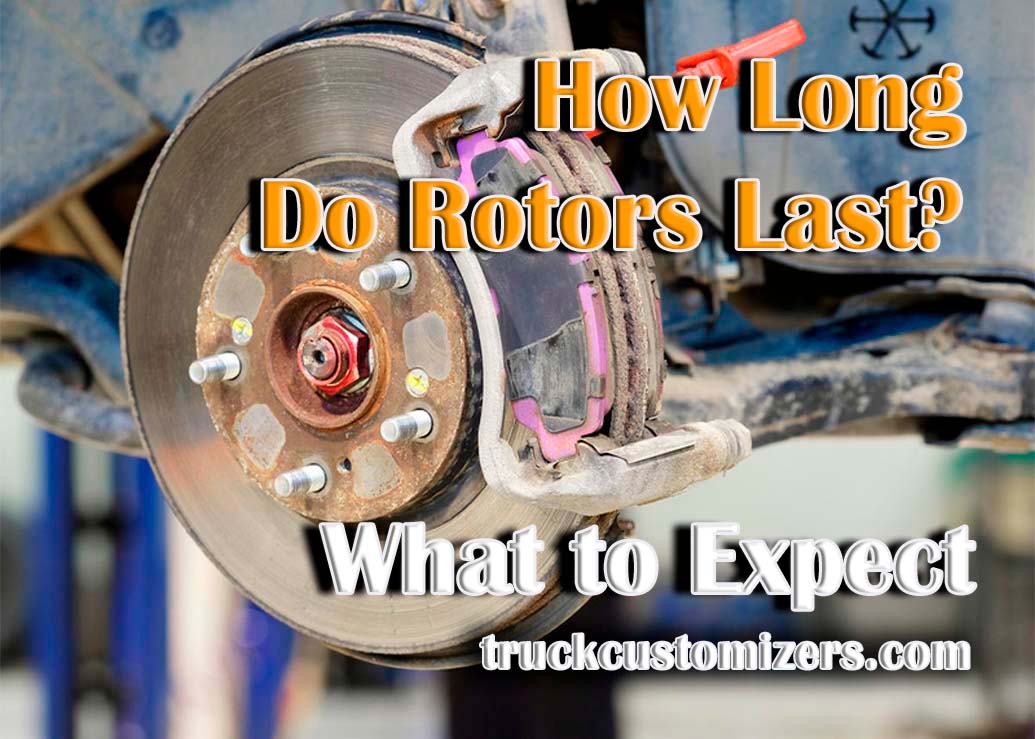Rust can lead to a number of problems on your vehicle if it’s not removed and taken care of quickly. Rust on the brake rotors can make it difficult for the brakes to take hold and reduce the stopping power of your car. With that in mind, rust removal from brake rotors is important in order to keep them working properly. In this article, we will discuss what causes rust on brake rotors as well as how to effectively remove rust from them.
What Causes Rust on Brake Rotors?
Brake rotors are made from iron or steel and are exposed to moisture from the environment which leads to corrosion and eventually rust. Salt used for de-icing during winter months, dirt and other contaminants can also contribute to accelerated corrosion when combined with moisture. This can cause an uneven surface leading inefficient braking, noisy brakes, and even dangerous performance due to a reduction in friction between rotor and pads. Also read about drilled and slotted rotors.

How To Remove Rust From Brake Rotors
Rust removal is essential if you want your brakes functioning optimally again; luckily it’s not as hard as you think! Here are some steps you should follow when removing rust from your brake rotors:
Preparation and Safety Measures
Before you begin, you should wear safety gear such as eye protection, gloves and a dust mask to protect yourself from any particles that may be released while cleaning the rotors. Additionally, make sure your vehicle is securely parked before you start. You should also remove any foreign objects from the rotor surface before you start.
Step-by-Step Guide on How to Remove Rust on Your Own
-
Begin by using a wire brush or sandpaper to scrape off any large pieces of rust that may have accumulated on the rotor surface.
-
After scraping, use a specialized rust removal product like liquid or gel rust remover along with a soft cloth or sponge to buff away any remaining rust spots and scrubbing in circular motions until they’re gone. Be sure to avoid touching the rotor with your hands while doing so as it can cause further damage.
-
Once all the rust is removed, use an anti-corrosion spray or wax to help protect against future rust formation and leave it for 10 minutes before wiping away excess with a dry towel or cloth.
-
Finally, apply high-temperature brake grease onto the rotor surface in order to reduce friction, noise and vibration and ensure more efficient braking.
Conclusion
Rust is a common problem for brake rotors, but it can easily be remedied by taking the necessary steps to remove it. With the help of specialized rust removal products and a few simple steps, you can have your brake rotor’s rust-free in no time!



